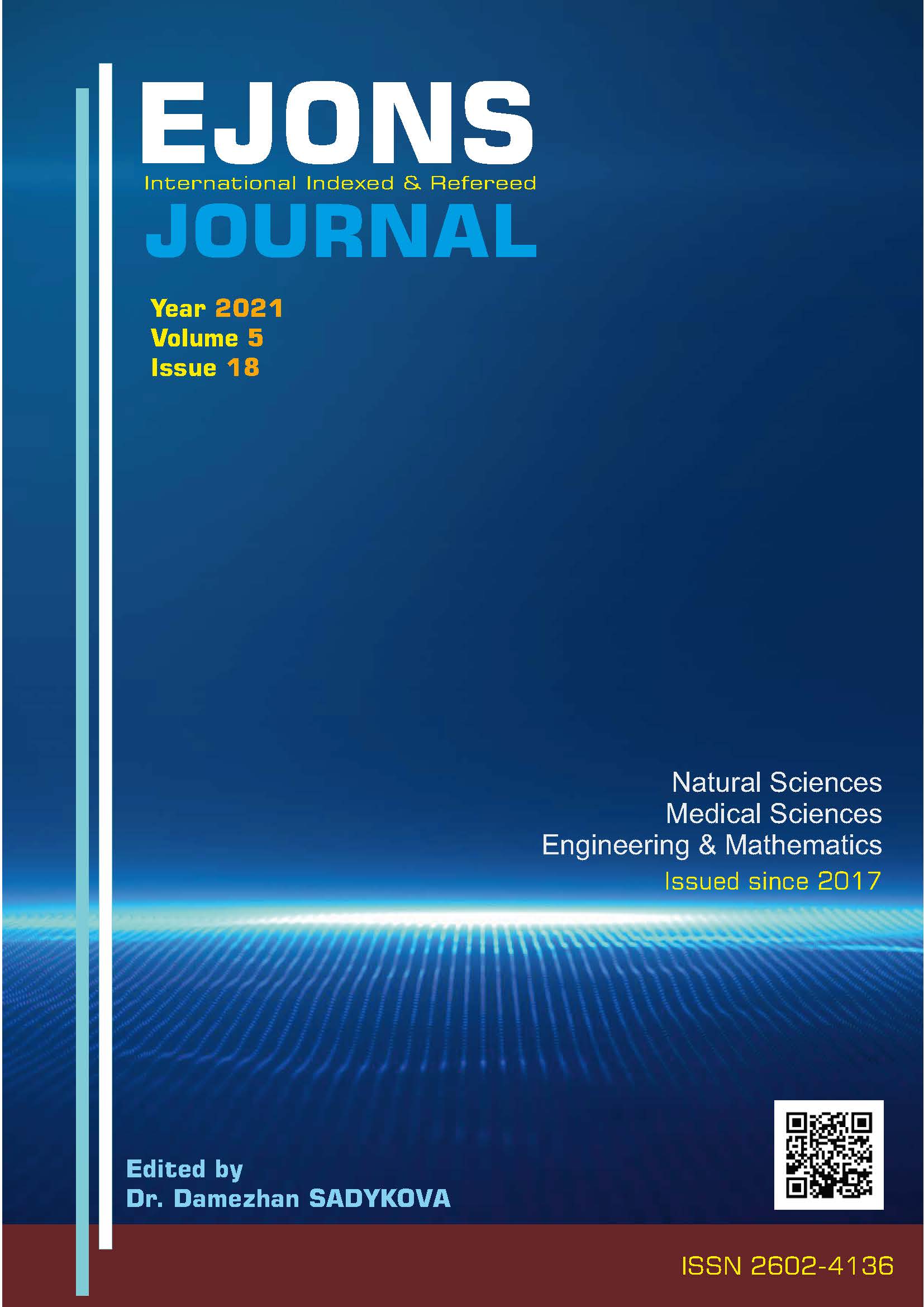A RESEARCH ON CEYLANPINAR (ŞANLIURFA) AGRICULTURAL ENTERPRISE NATURAL PASTURES AND GRASSLAND VEGETATION AND FLORA STATUS
DOI:
https://doi.org/10.38063/ejons.426Keywords:
Şanlıurfa, Ceylanpınar, Grassland, FloraAbstract
As in our country, the pasture and meadows in the research area cannot be developed with excessive and unstable animal grazing, subsequent growing plants are secondary and tertiary lice. Since Ceylanpınar agricultural enterprise has an anthropogenic effect and dry climate, vegetation has decreased by 75%. The land eroded due to uncontrolled stubble burning in the field and uncontrolled overgrazing made the existing pastures more inefficient. The naturally used meadow and pasture area corresponds to 241 thousand 229 decares. The number of animals grazed in this area is huge when 2 thousand 632 cattle and 26 843 small animals are also added to the animals of the villagers grazed from outside. The main purpose of this research is to reveal the meadow and pasture plants of the area and to determine the ecological properties of these plants. As a result of the field study conducted between 2018 and 2019, the floristic features of this area were revealed. As a result of the research, by determining these plant species taken from the land, 271 species belonging to 46 families and 177 genera were identified. The 79 species (29.1%) identified in the study area are Iran-Turan, 19 species (7.1%) Mediterranean, 12 species (4.4%) are European-Siberian elements, 161 species (59%) are multi-regional and phytogeographic regions are unknown. The number of endemic species on the forehead is 3, and the endemic rate is 1.1%.
Downloads
Published
How to Cite
Issue
Section
License

This work is licensed under a Creative Commons Attribution-NonCommercial 4.0 International License.


